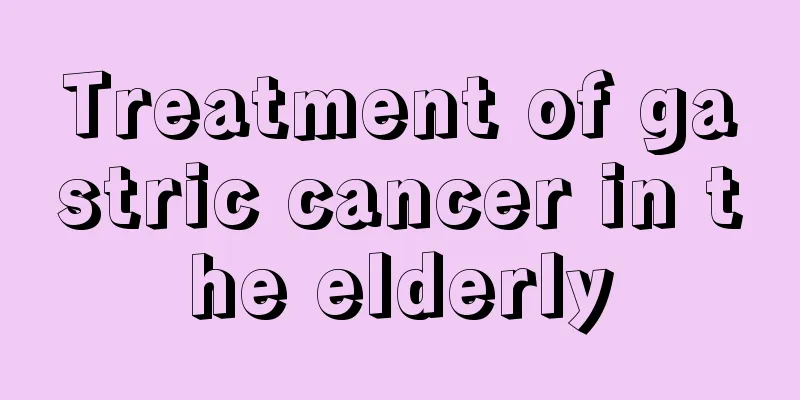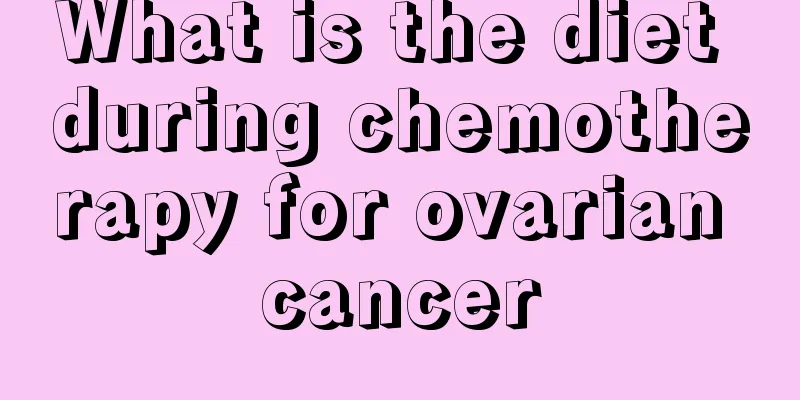How to treat hepatitis C? These methods are the most effective

|
Hepatitis C is caused by infection with the hepatitis C virus. The main routes of infection are drug abuse, acupuncture, blood transfusion, etc. Patients will experience symptoms such as abdominal distension, fatigue, and loss of appetite. Let's take a look at the clinically effective methods for treating hepatitis C. 1. Alcoholics and drug addicts: Chronic alcoholism and drug abuse may promote HCV replication and aggravate liver damage, thereby accelerating the process of developing cirrhosis or even HCC. Since alcoholics and drug addicts have low compliance, tolerance and SVR rates for antiviral treatment in hepatitis C patients, treatment of hepatitis C requires simultaneous abstinence from alcohol and drugs. 2. Chronic renal failure: Antiviral treatment should not be given to patients with chronic hepatitis C and renal failure who are not receiving dialysis. Patients who have undergone dialysis and do not have cirrhosis on histopathology (especially those who are preparing for renal transplantation) can be treated with IFNα alone (note that it should be given after dialysis). Because patients with renal insufficiency may develop severe hemolysis, ribavirin should generally not be used in combination with the treatment of hepatitis C. 3. Children and the elderly: There is insufficient experience in the treatment of chronic hepatitis C in children. Preliminary clinical research results show that the SVR rate of IFNα monotherapy seems to be higher than that of adults, and the tolerance to the drug is also better. In principle, elderly hepatitis C patients aged 65 or 70 years or above should also receive antiviral treatment, but they generally have poor tolerance to the treatment. Therefore, a comprehensive assessment should be made based on factors such as the age of the hepatitis C patient, drug tolerance, complications (such as hypertension, coronary heart disease, etc.) and the patient's wishes to decide whether to provide antiviral treatment. 4. Treatment of hepatitis C patients with relapse or no response after treatment: For hepatitis C patients who relapse after initial treatment with IFNα alone, re-treatment with PEG-IFNα-2a or ordinary IFNα combined with ribavirin can achieve a higher SVR rate. For patients who have no response to initial IFNα alone, re-treatment with ordinary IFNα or PEG-IFNα-2a combined with ribavirin can achieve a lower SVR rate. For patients with hepatitis C who do not respond to or relapse after the initial use of conventional IFNα and ribavirin combination therapy, PEG-IFNα-2a and ribavirin combination therapy can be tried. The above is the introduction to "How to get better treatment for hepatitis C". I hope it will be helpful for everyone's understanding. Patients with hepatitis C must pay attention to it, actively choose a regular hospital, and receive symptomatic treatment according to their own condition. Only in this way can the safety and effectiveness of the treatment be guaranteed. |
<<: What are the effects, functions and methods of consumption of Patrinia salsa?
>>: What are the effects and functions of coix seed?
Recommend
The main functions of the small intestine
The human digestive system is very large, and the...
Can gout patients soak their feet?
In life, many people have the habit of soaking th...
The efficacy and function of calendula toner
The marigolds that bloom everywhere from June to ...
We need to discover the early symptoms of gastric cancer as early as possible
Gastric cancer is very common around us. We must ...
Can hibiscus flowers be eaten
Hibiscus flowers are edible. They contain a lot o...
What causes neck and shoulder pain
Neck and shoulder pain is a symptom, not a diseas...
The more prominent symptoms of ovarian cancer include abdominal pain and back pain
The more prominent symptoms of ovarian cancer inc...
The elbow joint cannot bend
Our elbows can bend freely, making our upper limb...
What are the symptoms of nerve irritation
There are a large number of nerves and blood vess...
Nursing after radical surgery for patients with esophageal cancer
Postoperative care for patients with esophageal c...
Leather jacket matching, what are the leather jacket matching skills
In daily life, what are the skills of leather jac...
What to do if you can't do push-ups
Push-ups are currently a popular exercise that ca...
What's the matter with peeling feet
Many people have experienced peeling of the soles...
Is fibroid hereditary?
In recent years, people have been discussing a lo...
How to clean urine stains on a Simmons mattress?
When the baby grows to a certain stage, parents n...









